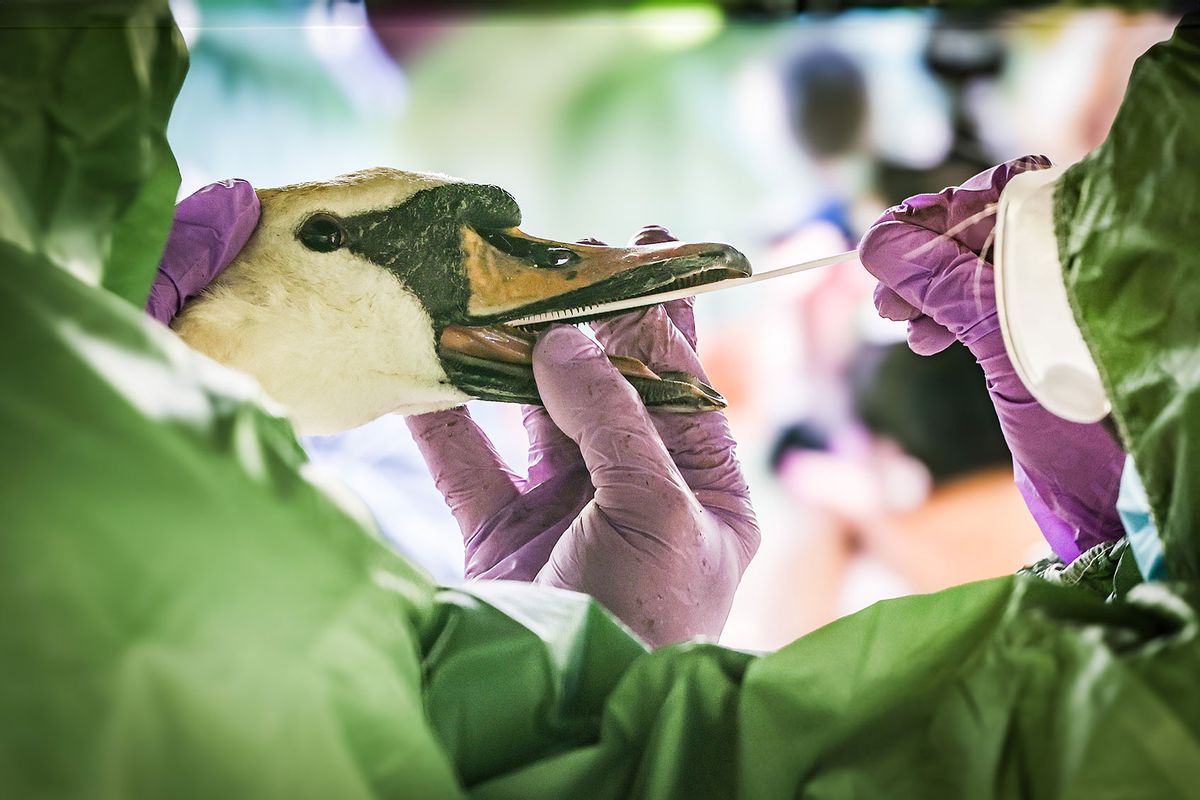As the number of human bird flu cases continues to rise and more dairy farms across the country report outbreaks, scientists are increasingly concerned that the H5N1 virus will mutate to better infect people. That is, of course, what viruses do all the time, a prime example being the uncountable number of mutations undergone by the SARS-CoV-2 virus, which causes COVID-19. With H5N1, it wouldn't take much genetic shifts to become a more severe illness, according to a study published in Science yesterday.
In the lab, the authors of the study found that a single mutation in the primary protein, hemagglutinin (which is what the H in H5N1 stands for) could give it the ability to cling onto receptors found in the human respiratory tract, potentially increasing the severity of disease or transmissibility. A previous switch in receptor binding preferences was critical for influenza pandemics in 1918, 1957, 1968 and 2009.
As of this writing, 58 cases of bird flu had been reported in humans in the U.S., with all but two stemming from exposure to either cows or poultry. The other two have unknown origins, which is a foreboding indicator that human-to-human transmission could be occurring, a prerequisite for another pandemic. So far, there is no hard evidence of such transmission.
While most human bird flu cases have been mild, a Canadian teen infected with the virus last month was hospitalized in critical condition after developing a severe lung infection. Viral genome sequences indicate the teen was infected with the type of H5N1 typically found in wild birds and that it had mutated to better cleave to the respiratory tract.
While it is unclear whether this mutation happened within the individual or if the teen was infected with an already mutated strain of the virus, this mutation was the very same one that the authors of this study found could make the virus more infectious, although it was missing some of the protein changes found in the Canadian teen's sequencing. Still, H5N1 may need more than one of these mutations to be able to efficiently infect humans.
“Because each mutation is independent and the probability of achieving additional mutations decreases exponentially, our observation that a single mutation is sufficient to switch receptor specificity … dramatically increases the likelihood of achieving this phenotype required for human transmission,” the authors wrote. On Friday, the Department of Agriculture ordered the national milk supply be tested for bird flu.



Shares